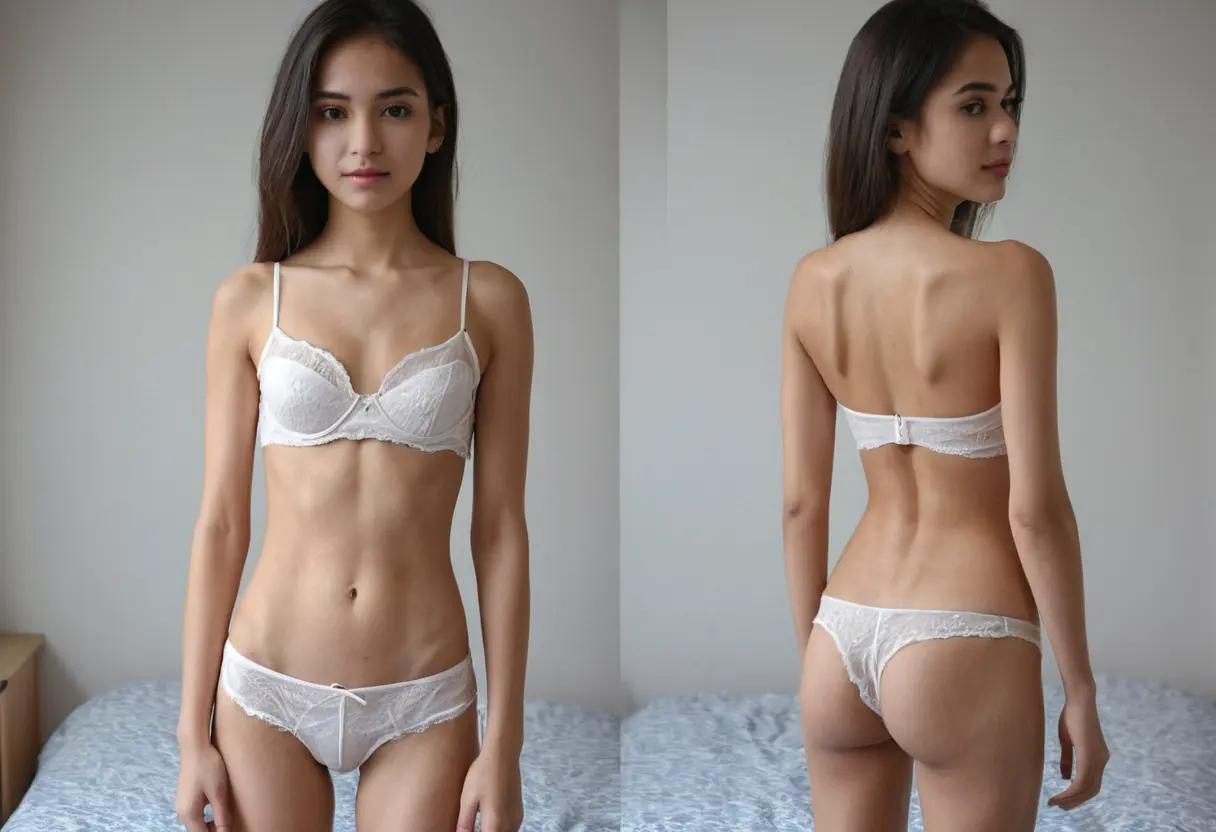
Artificial intelligence (AI) is continuously reshaping the way various industries operate, and one of the most controversial and groundbreaking applications of this technology is in the creation of undressing images. AI algorithms, particularly those based on deep learning and neural networks, are enabling the generation and alteration of images in ways that were previously unimaginable. This article explores how AI is transforming the creation of undressing images, its ethical implications, technological advancements, and the challenges associated with this emerging trend. We will examine the processes involved, the role of AI in digital manipulation, and the potential impacts on society and online content.
AI technologies have revolutionized digital image manipulation by making it possible to create realistic and high-quality altered images. The use of deep learning models, such as Generative Adversarial Networks (GANs), has played a significant role in this evolution. GANs work by pitting two neural networks against each other — a generator that creates images and a discriminator that evaluates them for authenticity. Through this process, AI can generate images that closely resemble real-life photographs or manipulate existing images to achieve certain effects, such as undressing or altering clothing details.

AI-driven tools have become sophisticated enough to perform these tasks with remarkable accuracy, making it possible for users to generate images of people in various states of undress without the need for traditional image editing skills. The key to this advancement lies in AI's ability to understand and replicate human anatomy, textures, and lighting, allowing it to seamlessly alter clothing and skin in ways that appear completely natural.

The creation of undressing images with AI involves several advanced techniques that work together to achieve the desired effect. The most prominent technologies in this field include:

These technologies have made it easier than ever to generate undressing images that are both highly realistic and convincing. However, they have also raised significant ethical concerns, particularly around privacy, consent, and the potential for misuse.
The ability to create undressing images using AI raises a host of ethical issues. One of the most significant concerns is the potential for abuse. Individuals can use AI tools to manipulate images of others without consent, creating harmful and damaging content that can affect a person's reputation, dignity, and personal life.
Some of the ethical implications include:
These ethical concerns have led to calls for stronger regulations and safeguards to prevent the misuse of AI in creating and sharing manipulated content.
The rapid advancement of AI technology has outpaced existing legal frameworks, and this gap has created challenges for lawmakers and regulators. The use of AI to create undressing images poses several legal challenges related to copyright, defamation, and consent. In many jurisdictions, laws surrounding digital content, intellectual property, and personal rights have not yet fully adapted to the capabilities of modern AI tools.
As a result, tech companies, lawmakers, and society as a whole must grapple with issues such as:
As AI continues to advance, new regulations will be needed to address the complex challenges associated with image manipulation and ensure that technology is used responsibly.
AI technology is undoubtedly transforming the way we interact with and manipulate images. The ability to create undressing images using AI has opened up new possibilities for digital art, entertainment, and design. However, this technology also brings with it serious ethical and legal challenges that must be addressed. As AI continues to evolve, it is crucial for society to establish clear guidelines and regulations to ensure that these technologies are used in a way that respects privacy, consent, and the well-being of individuals.
Moving forward, it is essential for both the technology industry and legal authorities to work together to ensure that AI-driven content creation remains a tool for creativity and innovation, rather than one that leads to harm and exploitation. By doing so, we can ensure a more responsible and ethical future for AI and digital image manipulation.